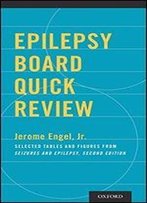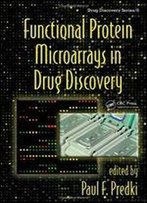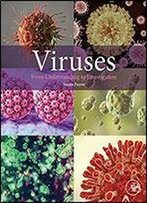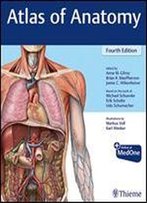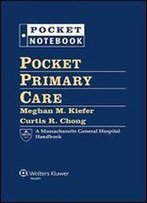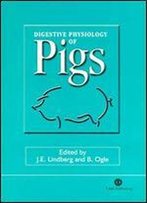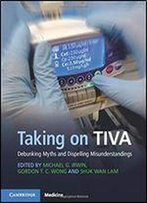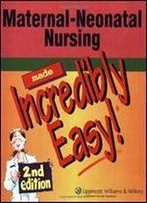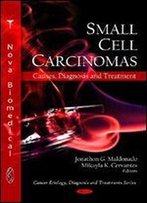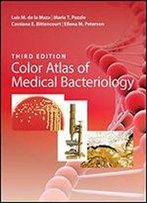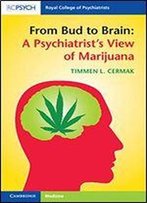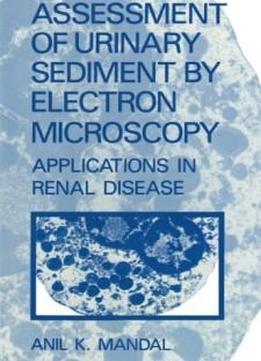
Assessment Of Urinary Sediment By Electron Microscopy: Applications In Renal Disease
by A.K. Mandal /
2011 / English / PDF
12.1 MB Download
Anil K. Mandai, M.D., is one of the trailblazers in the use of the
transmission electron microscope in the study of the urinary
sediment. In this book, he reviews his extensive efforts to tie his
vast clinical expe rience to his elegant basic research with the
electron microscope. The pictures are comprehensive, and the
clinical correlates are nicely outlined in tables and text. It may
astonish some readers that a book for fellows and clinical nephrol
ogists has been written on the use of the transmission electron
microscope in the study of urine. Some may view this as a
sophisticated research instrument. I, however, applaud the effort.
So many discoveries and advances in basic science lie unutilized
because clinicians are not aware of the tools available or have
little instruction in their use. Maybe that is the reason why so
many tests have come and gone, have been found useless and dropped,
or have simply been abandoned after being judged too
complicated-some because they were, others because they were never
applied and interpreted properly. The whole field of research seems
to be pulling ahead and away from clinical medicine. Therefore, an
effort like this one, which rapidly and clearly tries to introduce
an advanced research examination technique into clinical medicine,
is worthy of admiration and sup port.
Anil K. Mandai, M.D., is one of the trailblazers in the use of the
transmission electron microscope in the study of the urinary
sediment. In this book, he reviews his extensive efforts to tie his
vast clinical expe rience to his elegant basic research with the
electron microscope. The pictures are comprehensive, and the
clinical correlates are nicely outlined in tables and text. It may
astonish some readers that a book for fellows and clinical nephrol
ogists has been written on the use of the transmission electron
microscope in the study of urine. Some may view this as a
sophisticated research instrument. I, however, applaud the effort.
So many discoveries and advances in basic science lie unutilized
because clinicians are not aware of the tools available or have
little instruction in their use. Maybe that is the reason why so
many tests have come and gone, have been found useless and dropped,
or have simply been abandoned after being judged too
complicated-some because they were, others because they were never
applied and interpreted properly. The whole field of research seems
to be pulling ahead and away from clinical medicine. Therefore, an
effort like this one, which rapidly and clearly tries to introduce
an advanced research examination technique into clinical medicine,
is worthy of admiration and sup port.

